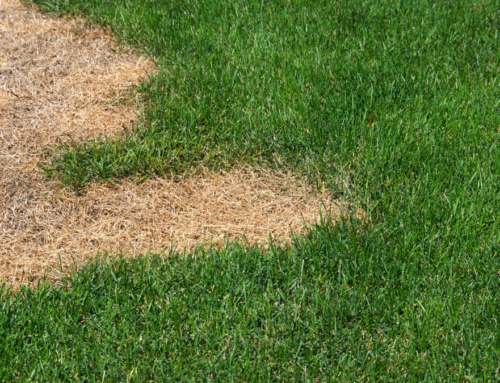BENEFICIAL GARDEN BUGS

Little Miss Muffet was frightened away by a spider, but your greenery isn’t. In fact, spiders can be helpful critters in the gardening world.
Quite simply, insect pests eat the plants in your garden, while insect predators eat the pests. How can you tell friend from foe? Look for these garden bugs and rest easy that you have a tiny helper in your yard.
Parasitic Wasps
These wasps aren’t your typical stingers, and surprisingly, they can be useful allies against all kinds of garden pests. Parasitic wasps lay their eggs on other insects. As these eggs hatch and develop into larvae, they consume their insect hosts, providing an effective and natural method of pest control in your garden. Even better, certain wasps attack certain hosts, allowing gardeners to target the problem species. They are even available by mail order!
Minute pirate bugs
With a distinctive black-and-white pattern adorning their backs, these creatures certainly live up to their fitting name! Once these beneficial insects have successfully devoured all traces of whiteflies, insect eggs, aphids, small caterpillars and other garden pests, they graciously linger in your garden. However, their purpose evolves from predator to gardener’s assistant, as they shift their diet to include plant sap and pollen, contributing to the overall health and vitality of your garden.
Fireflies
Fireflies are present up and down the Front Range, yet the majority of species in this region don’t illuminate the night sky. Interestingly, during their larval stage, they embark on a different mission, displaying a luminous glow as they actively pursue snails, slugs and sometimes earthworms. It’s a fascinating aspect of their life cycle, where their nighttime glow takes a backseat to their role as stealthy predators in the dark, contributing to the natural balance of the Front Range ecosystem.
Praying Mantis
In Colorado, the Praying Mantis is most commonly seen along the northern half of the Front Range and in the Tri-River counties of western Colorado. Masters of camouflage, these remarkable insects use stealth to catch their prey. Their culinary preferences are broad, as they devour anything they can catch. Their presence is beneficial for controlling insect populations.
Lacewings
Lacewings are some of the best insects to have in gardens as they prey on aphids and other pests, such as mites and caterpillars, without posing any threat of biting or stinging humans. Green lacewings tend to ignore vegetation, making them great candidates for gardeners looking for an effective predator to help cut down on plant-eating insect populations.
Ladybugs
Ladybugs are famous for their ability to devour aphids. These small, round, red beetles have an impressive appetite, capable of consuming up to 40 aphids in just one hour. This voracious appetite makes them highly effective aphid predators, putting the lacewing to shame.
spiders
Spiders are certainly garden bugs, but they aren’t insects; they are arachnids. Their diet includes a variety of pests such as beetles, aphids, worms, mites and caterpillars. However, it’s essential to note that they may also unintentionally consume some beneficial bugs. While you don’t necessarily need to vacate the area, exercise caution and avoid getting too close to spiders, some can bite!
Having a garden full of insects may seem daunting, but not all bugs are harmful. By identifying and welcoming beneficial predators like minute pirate bugs, praying mantis and even spiders, you can reduce the need for chemical pesticides and promote a natural balance in your garden ecosystem. By working with nature rather than against it, you can keep your greenery thriving and beautiful for years.







